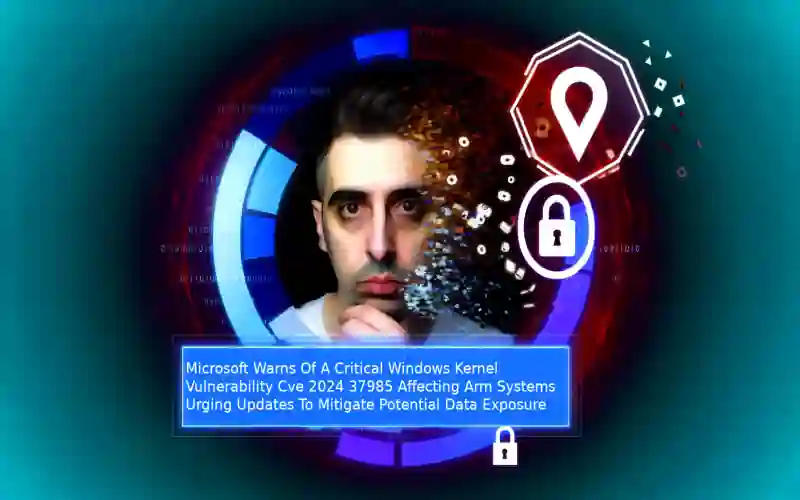
“Secure Your Systems: Microsoft Alerts on Critical Windows Kernel Flaw in ARM-Based Devices – Update Now to Guard Sensitive Data!”
Understanding CVE-2024-37985: A Deep Dive into the Latest Windows Kernel Vulnerability on ARM Systems
Microsoft has recently issued a critical warning that has sent ripples through the tech community, particularly among users and administrators of ARM-based systems. The heart of the concern is a newly disclosed vulnerability in the Windows kernel, identified as CVE-2024-37985. This vulnerability is particularly alarming because it could allow an attacker to view heap memory from a privileged process running on the server. Such exposure could potentially reveal sensitive data, posing a significant risk to personal and organizational security.
The vulnerability carries a CVSS score of 5.9, which classifies it as “Important” and denotes a moderate level of severity. However, the complexity of the attack required to exploit this vulnerability is high. This means that an attacker would need to engage in intricate preparatory actions, exploiting specific conditions in the microarchitecture of certain ARM-based cores. These details have been elaborated in the Armv8 Security Bulletin, which sheds light on the technical nuances necessary for such an attack.
Despite the complexity, the mere possibility of exploitation should be enough to cause concern. Microsoft has responded by releasing updates designed to reduce the impact of this vulnerability. The urgency with which these patches have been issued underscores the seriousness with which Microsoft views this threat. It’s a clear signal that users must act swiftly to apply these updates to safeguard their systems against potential attacks.
Interestingly, while this vulnerability has been publicly disclosed, Microsoft has confirmed that there is no evidence of active exploitation at this time. This might offer a small sigh of relief, but it’s a thin silver lining. The theoretical damage that could be inflicted by exploiting this vulnerability could extend far beyond the initial compromised component. In fact, successful exploitation could lead to a scope change, where the affected resources exceed those managed by the security authority of the vulnerable component. This scenario illustrates a disturbing potential for broader system compromise, which could be difficult to detect and contain.
The implications of CVE-2024-37985 highlight an often-overlooked aspect of cybersecurity: the interconnectedness of system components and the cascading effects that a single vulnerability can trigger. It serves as a stark reminder that maintaining security isn’t just about protecting individual elements but also about understanding and securing the relationships between those elements.
Given these considerations, it is imperative for users and organizations not only to install the latest security updates promptly but also to adopt comprehensive security practices. Regular patch management is crucial and should be part of a broader strategy that includes network segmentation and user education. These practices are essential for creating multiple layers of defense against potential attacks.
The immediate response to CVE-2024-37985 involves updating affected systems, the broader takeaway should be a reevaluation of how we approach security in an interconnected environment. The potential for significant impact due to this vulnerability serves as a sobering reminder of our ongoing vulnerability in the digital age and the constant need for vigilance in cybersecurity practices.














